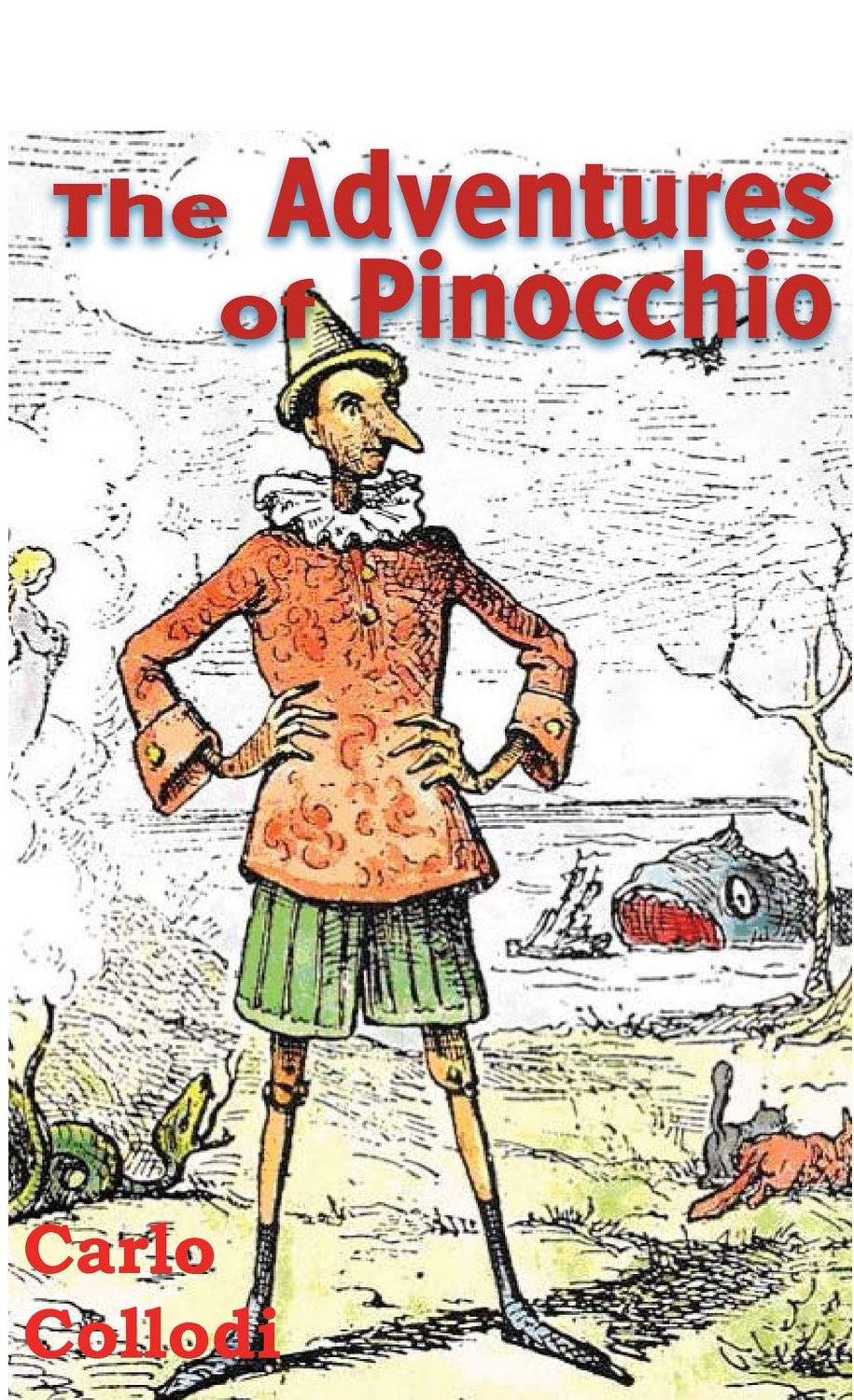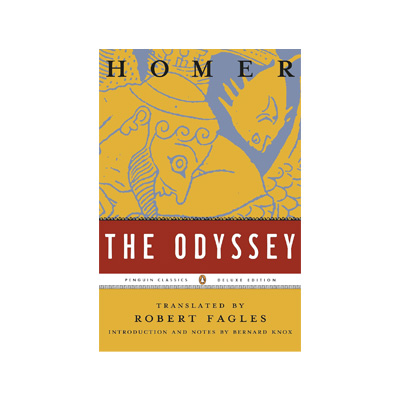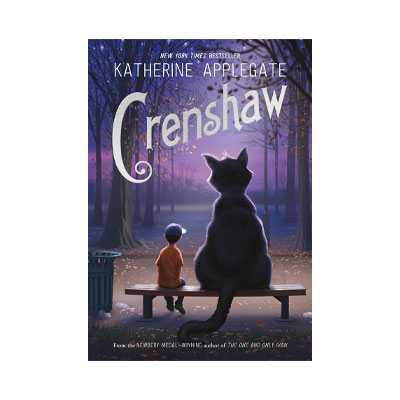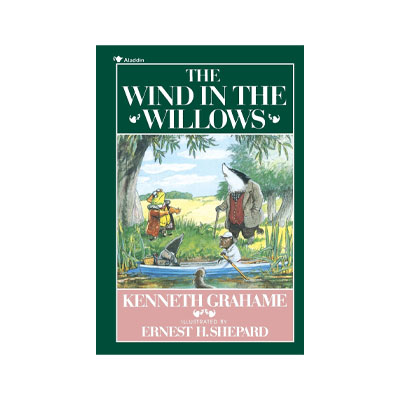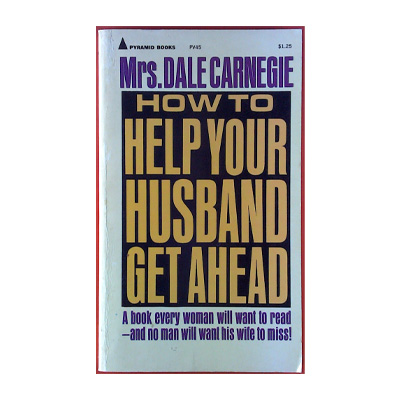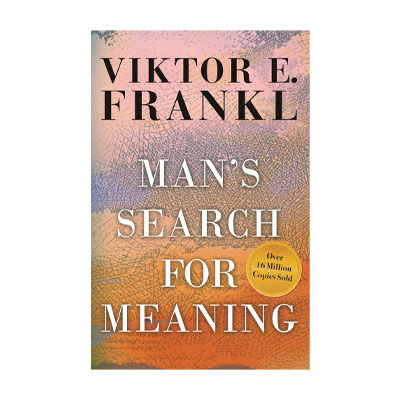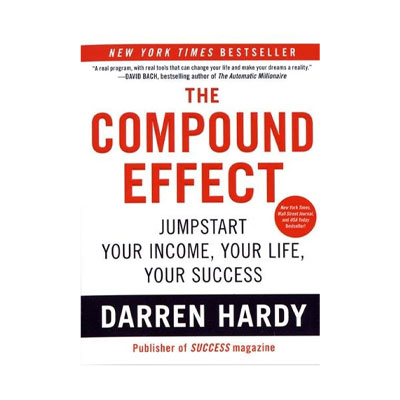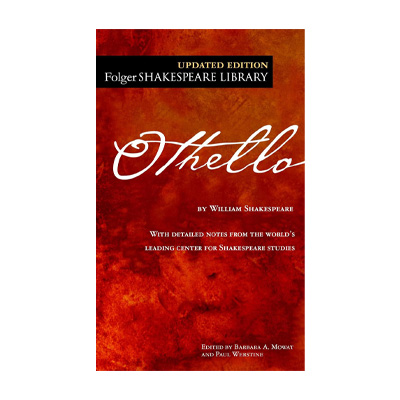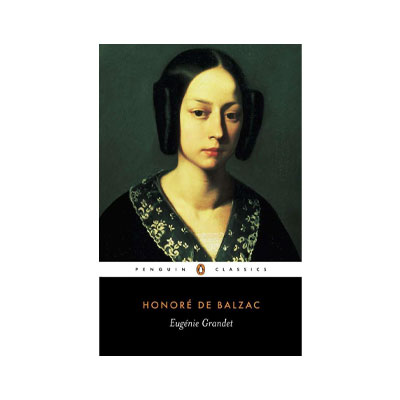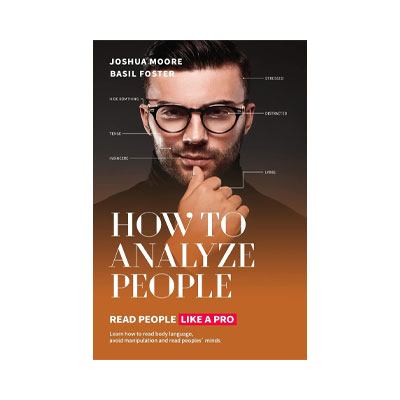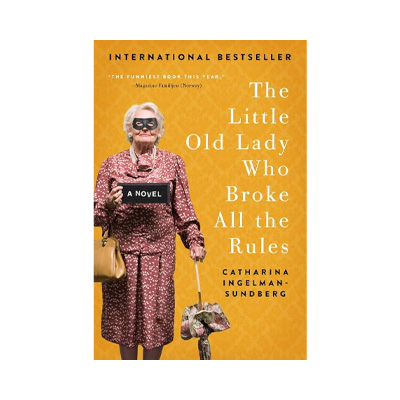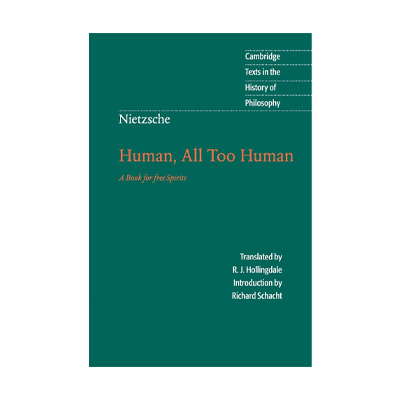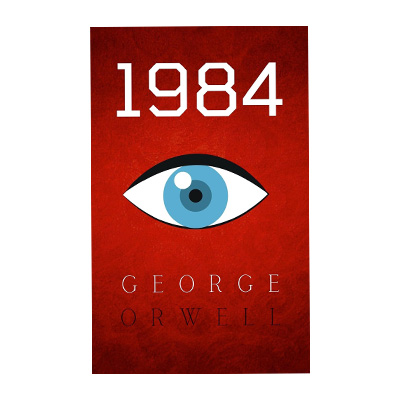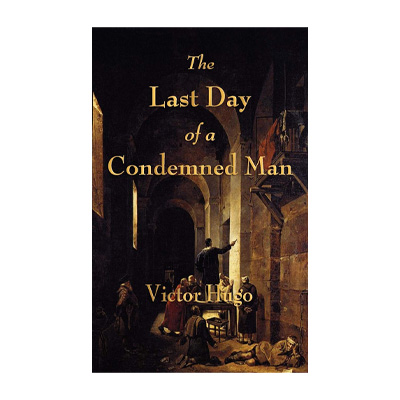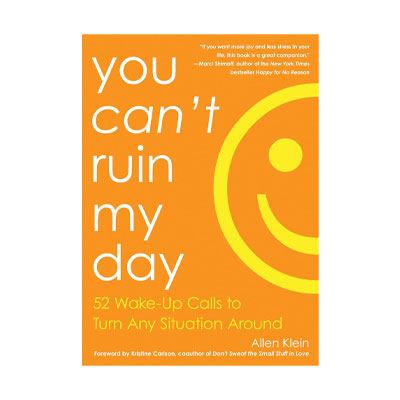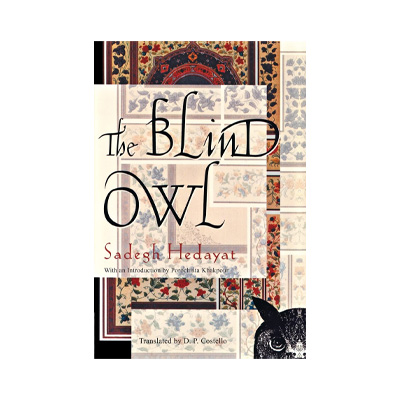Book Summary
Carlo Collodi narrates the story of a wooden puppet named Pinocchio in his book, who finds his way into the world of humans thanks to an old carpenter named Geppetto. Contrary to his creator's wishes, Pinocchio is disobedient and escapes from Geppetto, encountering a sly cat and a cunning fox that create numerous problems for him. Alongside the mischiefs of the main character, two deceitful creatures are after stealing his gold coins. Additionally, other beings and people, such as a giant fish dog, obstruct Pinocchio and complicate matters further.
Pinocchio has a great wish in his heart: to become a real boy, and Collodi imparts significant moral lessons to his readers through the story he tells. The beginning of Pinocchio's life dates back to when Geppetto, after years of living in a small village and working as a carpenter without having a child, spends his days with his cat and woodpecker. The creation of the wooden puppet Pinocchio revives a belief in Geppetto that he can have a child of human form, and a kind fairy makes this wish come true. Pinocchio now embodies all of Geppetto’s motivations for living and must go to school as he wishes.
However, on his way to school, he falls victim to the cunning fox and sly cat, and after going with them to watch a puppet show, he is sold by the cunning fox to the show’s owner. Pinocchio spends time traveling from one city to another with a duckling named Gina and the puppet show troupe, receiving golden coins from the show’s owner as income. Once again, Pinocchio is deceived and entrusts his gold coins to the cunning fox. The story continues as the boy encounters the kind fairy in the forest, who resumes teaching him arithmetic with Geppetto’s permission.
However, Pinocchio's mischief leads him into trouble, and upon going to the city of fools, he experiences situations that bring him regret. His return, troubled and distressed, leads him back into the clutches of the sly cat and cunning fox, followed by a search for his father, creating interesting adventures that readers will become more familiar with through their engagement with this beloved book.
About the Author
Carlo Lorenzini, known as Carlo Collodi, was an Italian author born on November 24, 1826, in Florence. With a father who was a cook and a mother who was a servant, he primarily wrote in the field of children's and young adult literature. Although Collodi initially worked as a critic and journalist, it was his writing that brought him fame. A significant volume of his works was donated by his family to the central library of Florence. Collodi also translated stories such as Little Red Riding Hood, The Tale of the Fairy Queen, Puss in Boots, and Sleeping Beauty into Italian. He passed away on October 26, 1890, at the age of 63.
Who Should Read the Book?
This book is undoubtedly one of the most famous works in children's and young adult literature and is highly recommended for this demographic to read. Additionally, adults who enjoy reading beautiful stories with moral elements can also benefit from studying such a work.
Table of Contents
Carlo Collodi has presented his valuable work in 36 sections for audiences around the world.
